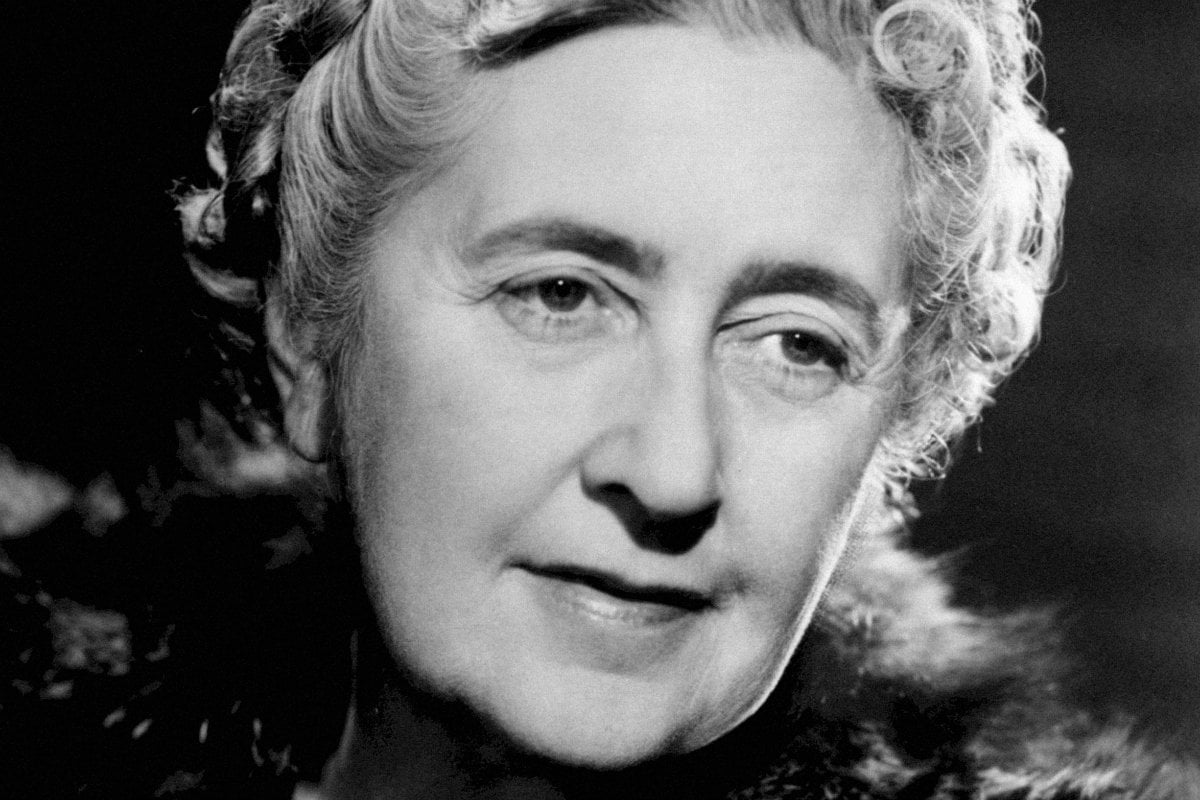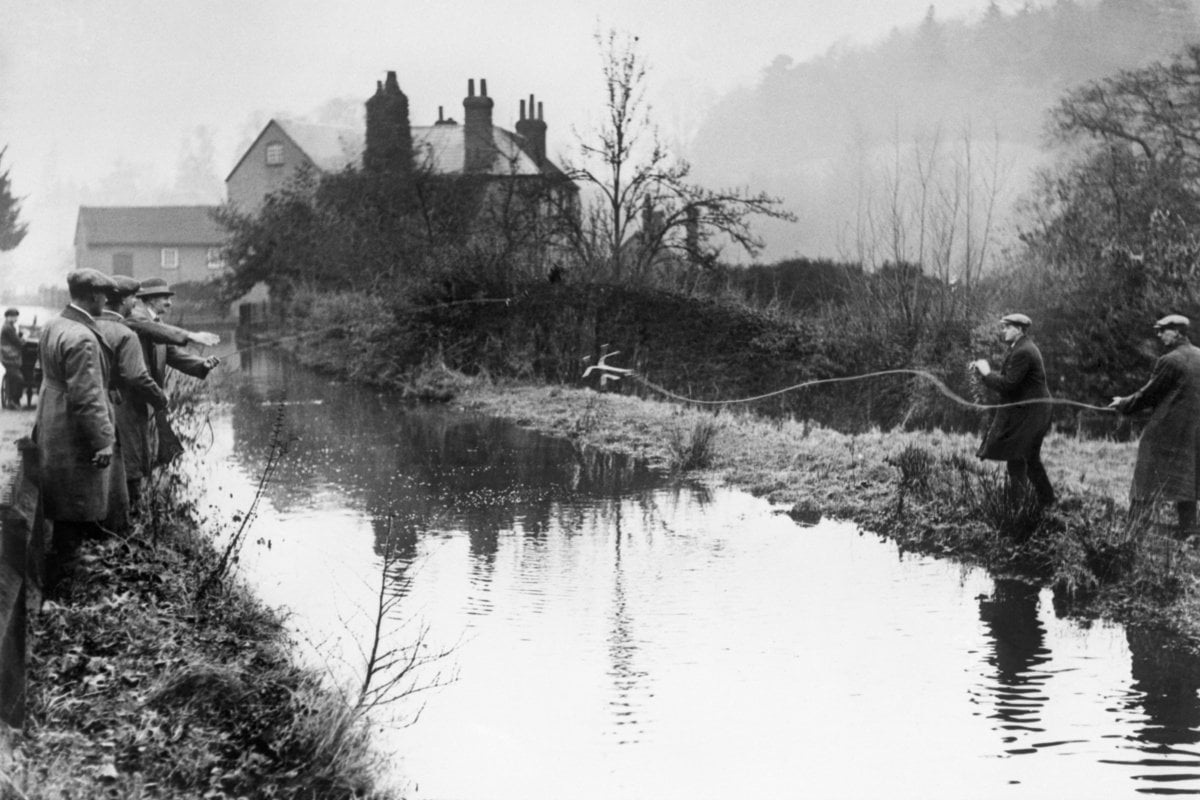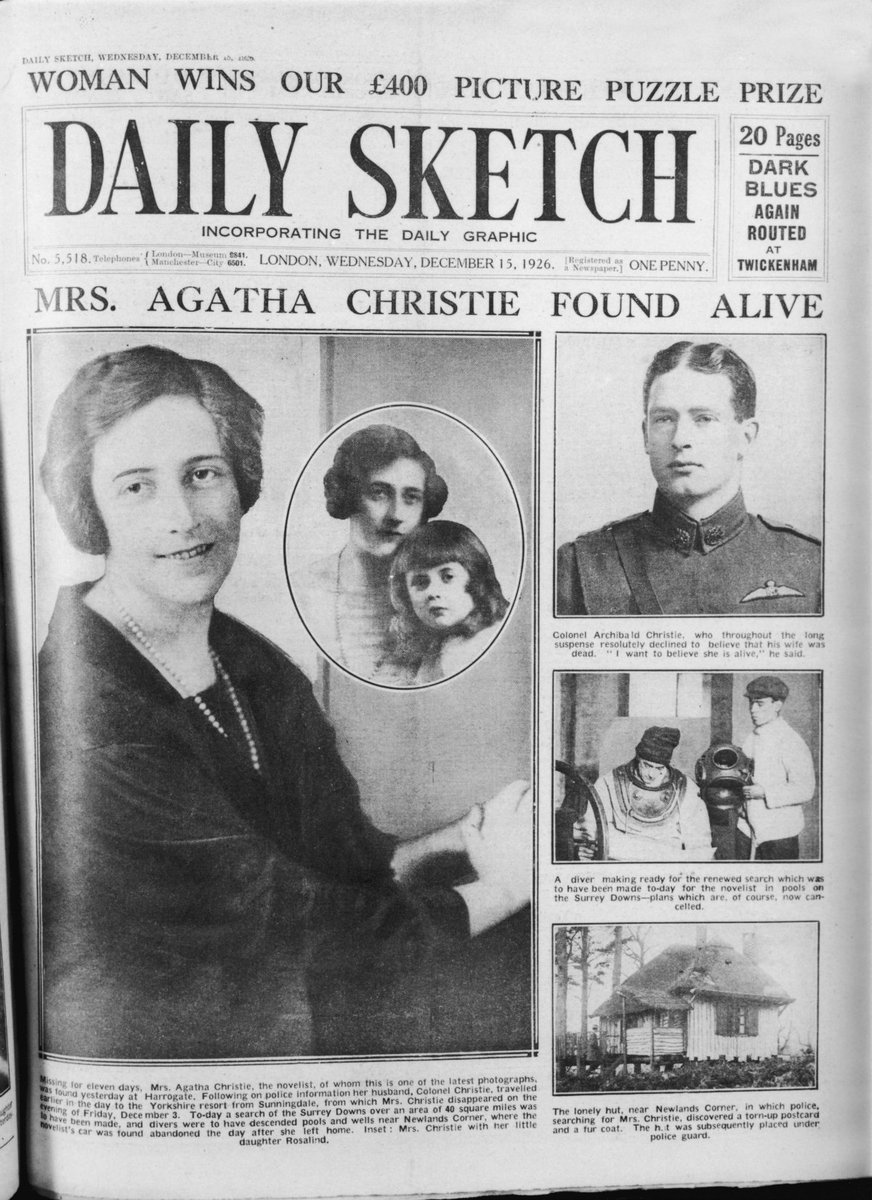
Mamamia's Extraordinary Stories series deep dives into the kind of tales you will keep thinking about long after you've read them. From unexplained mysteries to moments that have changed history, Extraordinary Stories will take you down the rabbit hole and make you never want to leave.
Content note: The following deals with suicidal ideation, which may be triggering for some readers.
As a detective novelist, Agatha Christie's best-selling books revolved around one question: whodunnit?
But after the British author disappeared for 11 days and adopted a new identity, everyone was left asking something else.
Why?
***
By the mid 1920s, Agatha Christie had established her reputation as an accomplished crime novelist. Her sixth book, The Murder of Roger Ackroyd, was selling well, with fans swept up in the latest instalment of the now-iconic Hercule Poirot series.
Yet amid this success, Christie was suffering.
Her beloved mother died in April 1926 and, just months later, her WW1 veteran husband Colonel Archibald Christie asked her for a divorce so he could be with his mistress, Nancy Neele.
It was in the wake of all this heartache that Christie vanished in 1926.
Shortly before 10pm on December 3, she kissed her seven-year-old daughter, Rosalind, goodnight and walked out of her home in Sunningdale, Berkshire.



Top Comments